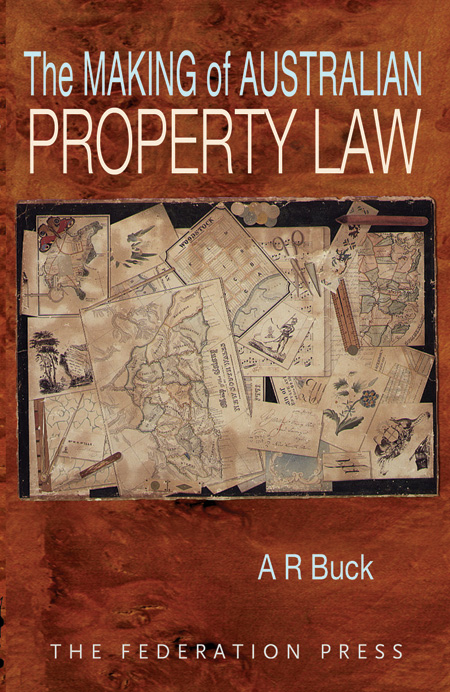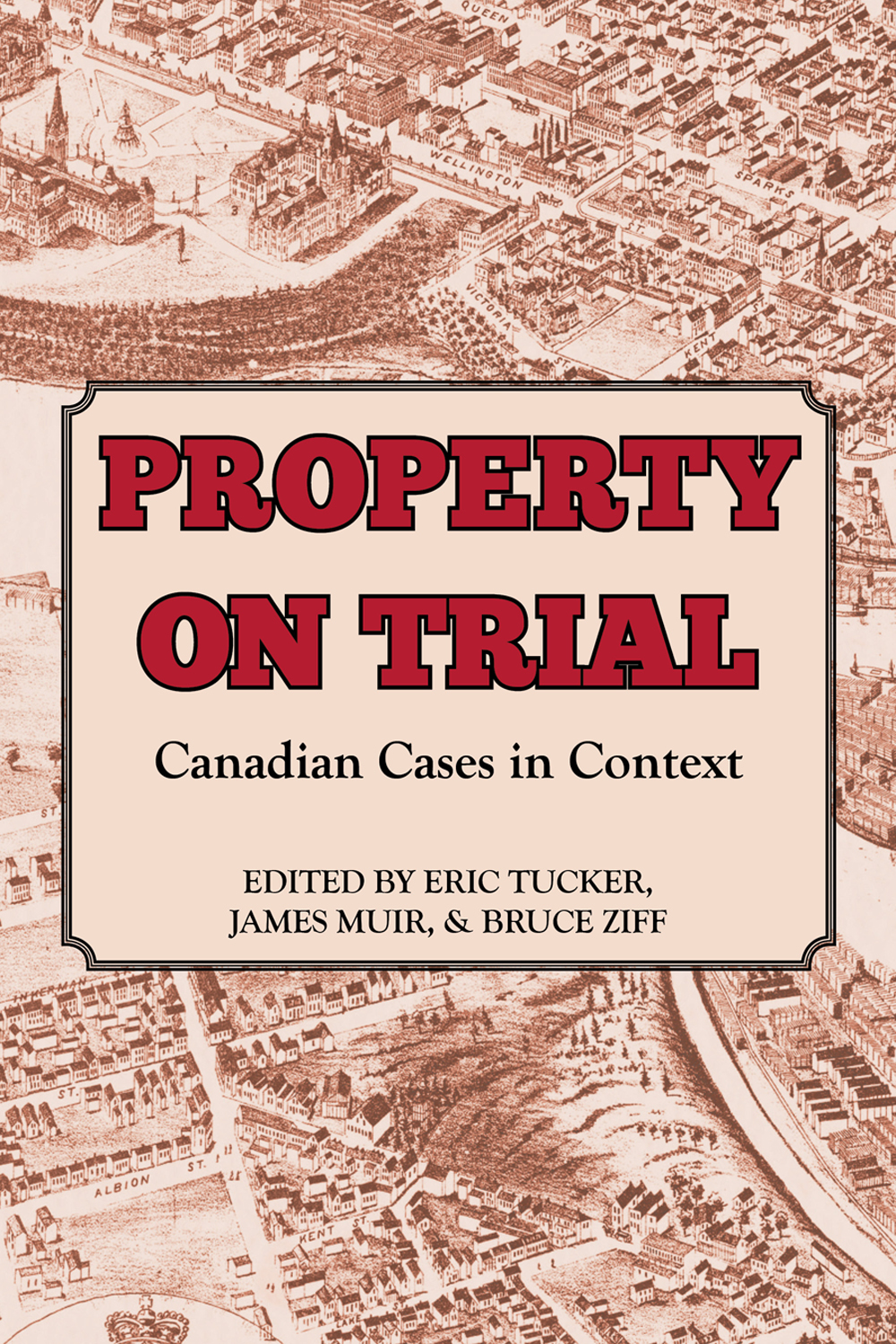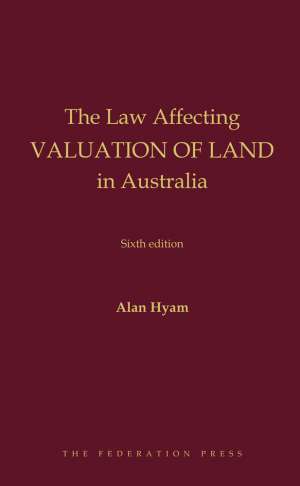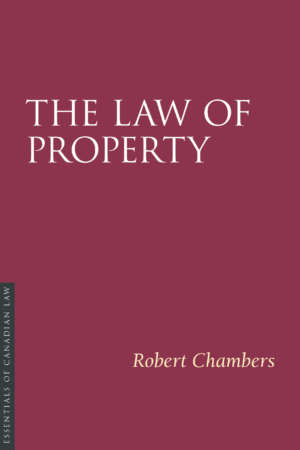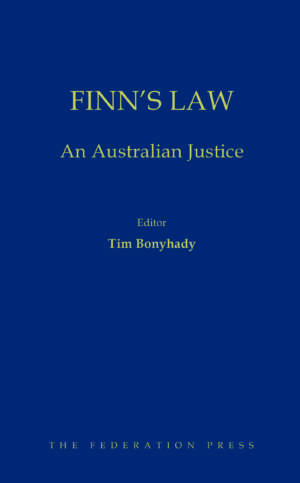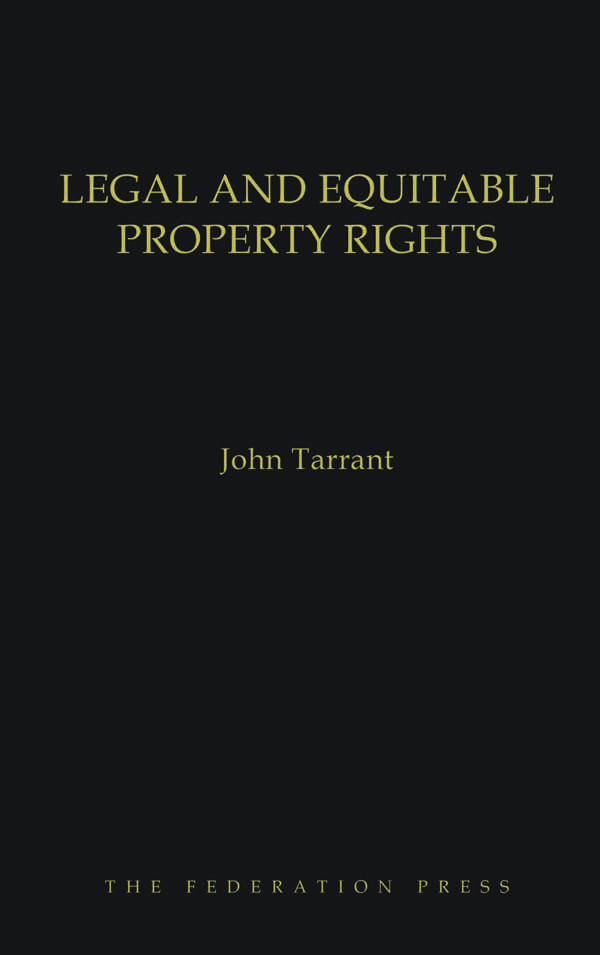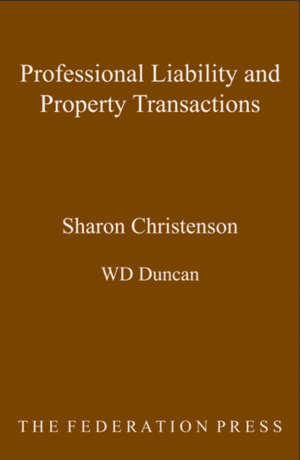Product Description
In 1847, in one of the most important cases in Australian legal history, the Chief Justice of NSW, Sir Alfred Stephen, handed down a decision that would have profound implications for both the development of Australian property law and the property rights of the Aboriginal peoples of Australia. The case was Attorney General v Brown, and in his decision Stephen CJ ruled that the laws of property in Australia were governed by feudal principles.
The shadow cast by Attorney General v Brown has been a long one, stretching down to the decision in Mabo and beyond. Judicial thinking and much legal scholarship continues to emphasise a connection between the feudal origins of the English law and the state of contemporary Australian property law, thereby perpetuating a “nostalgic” view of Australian property law. This book, in contrast, argues that the feudal imprint on property in Australia had been “washed away” by the early 1860s and that the decades of the early nineteenth century witnessed the making of a distinct Australian property law.
Egalitarianism, rather than feudalism, this book argues, shaped the emergence of Australian property law.
This book situates legal development in its social and political context, re-evaluating the relationship between political ideas, social values and law reform in early Australia.

